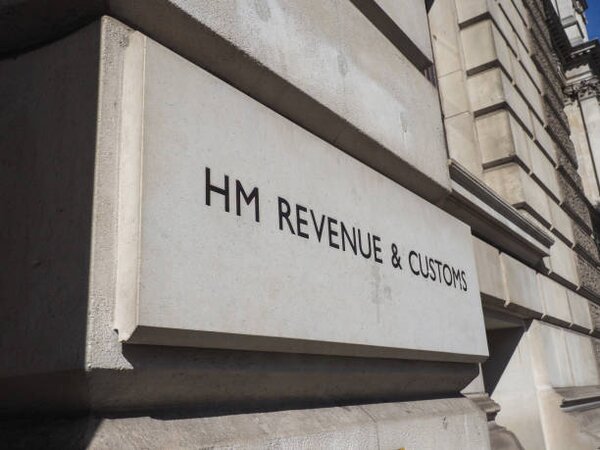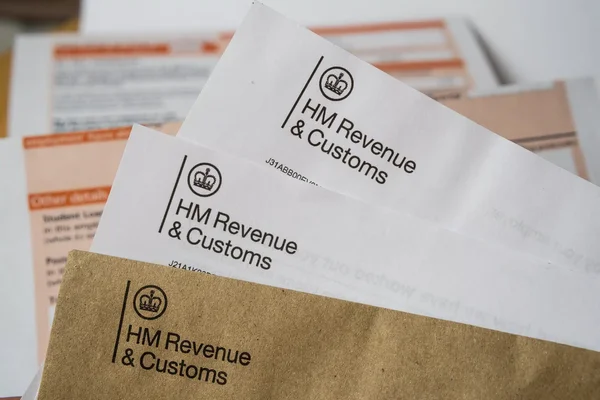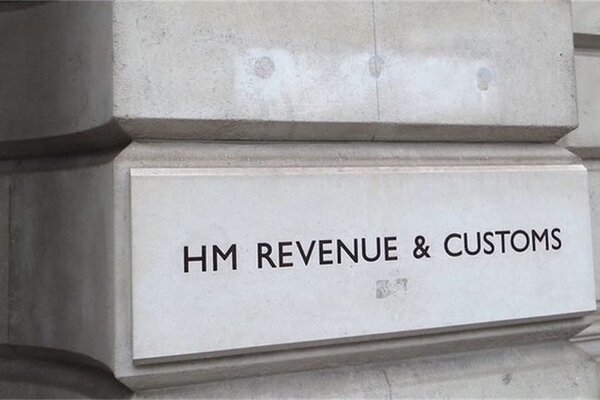
The UK housing market is bracing for potential changes as Chancellor Jeremy Hunt prepares to deliver the Spring Statement on March 26. Industry experts anticipate possible modifications to Stamp Duty, which could impact both first-time buyers and existing homeowners.
Any adjustments could influence affordability, investment decisions, and the broader property market. With rising mortgage rates and economic uncertainty, homebuyers and investors alike are eager to understand the possible ramifications of this fiscal update.
What Is the Spring Statement?
The Spring Statement is a fiscal policy update delivered by the Chancellor of the Exchequer. While traditionally less comprehensive than the
Autumn Budget, it often contains significant economic measures. Given the current economic landscape, this year's announcement is expected to focus on housing affordability, taxation, and measures aimed at stimulating the property market.
Potential Stamp Duty Adjustments
Stamp Duty Land Tax (SDLT) is a major cost consideration for homebuyers. Currently, first time buyers in England and Northern Ireland benefit from SDLT relief on properties up to £425,000, while other buyers pay tax based on a tiered structure.
Speculation suggests that the government may extend relief thresholds or introduce new measures to support affordability. Such changes could encourage more activity in the housing market, benefiting buyers and sellers alike.
Impact on First Time Buyers
For those stepping onto the property ladder, any Stamp Duty relief extension would provide financial relief. The housing affordability crisis has made homeownership increasingly difficult, particularly in high demand regions such as London and the South East.
Experts argue that higher relief thresholds could increase market accessibility for younger buyers.

Effects on Existing Homeowners and Investors
Changes in Stamp Duty policy could also impact existing homeowners considering moving or investing in additional properties. If tax thresholds shift, it could encourage more homeowners to sell, increasing housing supply.
Conversely, if additional levies are introduced on second homes or buy to let properties, it may deter investment and reshape the rental market.

Fun Facts
Did you know that Stamp Duty dates back to 1694? Originally introduced as a temporary tax to fund war efforts against France, it has since become a permanent fixture in the UK property market.
Over the centuries, the structure has evolved significantly, influencing buying patterns and government revenues.
Conclusion
The upcoming Spring Statement could introduce significant changes for homebuyers and homeowners, particularly regarding Stamp Duty. Any modifications to thresholds or rates could reshape the housing market, impacting affordability and investment decisions.
While first-time buyers may benefit from extended relief, existing homeowners and investors must assess the potential financial implications. As the announcement approaches, industry professionals and prospective buyers alike will be watching closely for any definitive policy changes that could influence their property strategies.
Frequently Asked Questions
What is the purpose of the Spring Statement?
The Spring Statement provides a mid-year economic update and outlines potential fiscal policy changes. While it is not as extensive as the Autumn Budget, it often includes adjustments that impact taxation and public spending.
How could Stamp Duty changes affect first-time buyers?
If the government extends SDLT relief thresholds, first-time buyers may benefit from reduced upfront costs, making homeownership more affordable.
Will existing homeowners be impacted by the Spring Statement?
Yes, any changes to Stamp Duty or property taxation could influence homeowners' decisions to sell or invest in additional properties.
How does Stamp Duty currently work?
Stamp Duty Land Tax applies to property purchases in England and Northern Ireland based on price bands. First-time buyers receive exemptions on properties up to £425,000.
When will the Spring Statement take effect?
The Spring Statement is scheduled for March 26, 2024. Any policy changes announced may take effect immediately or be phased in over the following months.











